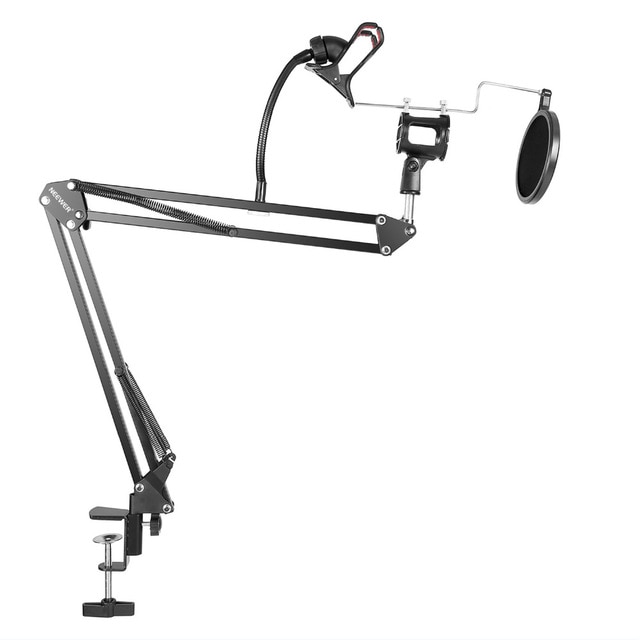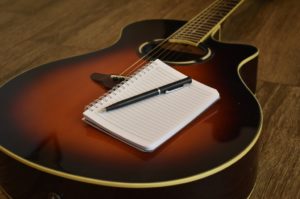One way to promote your music is by getting press coverage. Right across the world and over the internet there are multiple publications that will be willing to write about your music. Below are a few tips as to how to go about sending your music for coverage.
Have a press release written
A press release is a news story about your new song or album. If you work with a music publicist, this is one of the ways they communicate with the press. So to get started you will have to get a press or news release written.
The aim of the news release is to tell the story behind your song and the message you are promoting. Essentially telling the public why they should care about you and your music. The key to getting the attention of an entertainment reporter, is to write the news release in such a way that it is useful to them.
What I mean is that you must send something that is relevant. Also how you write the story should look similar to the articles they publish with all the information necessary. Also the angle should be different compare to anything else that is out there now. This is important. By angle I mean how you tell your story.
Have you ever notice some artist do weird things and the media starts talking about them. It is all part of promotion. For example, Ishawna released a song called equal rights, sparking a conversation around a controversial topic in the media. Vybz Kartel did the same thing with skin bleaching promoting his music. These are all calculated events used to promote music.
So if you want to get ideas for news releases, start with an album release around a cause or a charitable event. A concert or release party. The possibilities are endless to what you can come up with. Study what the publication covers and you will begin to find patterns.
Have high quality photos taken
The next important part of the puzzle is photos. News papers and magazines need visuals. That’s how people get to know who you are. This is how they see your face over and over.
Partner with a photographer, and get some high quality photos taken to send as part of the media package. The theme of the song should be taken into consideration when picking location. High resolution photos are a must so don’t go cheap.
Compile a media list
Once you have the press release and your photos, the next thing you need is a list of editors to send you press kit to. This is easy to compile but time consuming. All newspapers and publication publish an email of the editors in the news paper. For each publications you want to target gather the email address and the name of the editors and store them in a spread sheet. For our purposes we will need to entertainment editor. If the email address is not published you can just call the paper and ask for it.
Distribute media kit
Now that you have everything you need, its time to send it to the press. The recommended way to send the press release is not as an attachment but to paste it in the body of the email. Place the emails of the editors in the BCC section and have another email in the TO section. This will ensure each editor gets a copy of the email without knowing who else received the message.
I have received news releases from PR people and they don’t do this. I’m not sure if it’s standard practice but from research its not recommended. Add your photos and a copy of your song, or event flyer and send your release.
A word of warning, by doing this doesn’t guarantee that you will get coverage but you can increase your chances.







